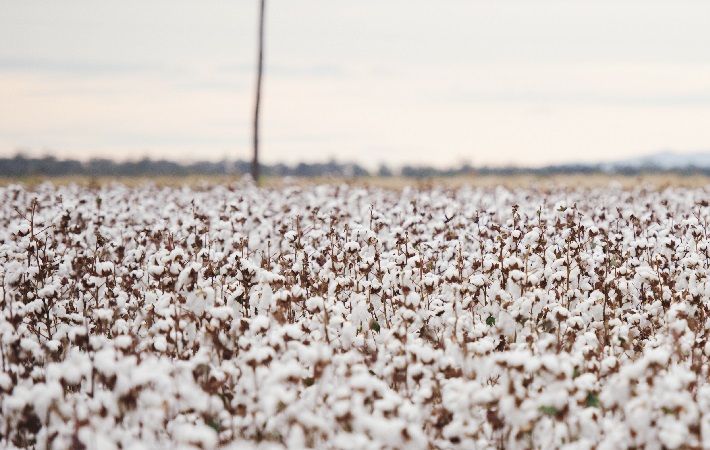
Cotton has been under pressure because of anthropogenic activities, climate change, etc. It is not the most sustainable thing around, and "you need land to grow it. If a huge piece of land is used to plant cotton, then you wouldn’t have that land for food. Second, the water consumption of cotton is high," says Hoi Kwan Lam, group chief marketing officer, HeiQ Materials AG, in the March 2021 edition of Fibre2Fashion.
Polyester, the alternative to cotton results in a lot of microfibre pollution. It is in the dock for oceanic pollution as well as being a fossil fuel fibre. "In case of polyester, the quantities increased in the last couple of years by I don’t know how many times. There is not a single textile which perhaps had not been made or attempted to be made out of polyester—whether it is a t-shirt or cushion, be it good or bad. But the prime selling reason was always price," says Robert Jarausch, managing director, PyroTex Industries GmbH, in the article 'Fibre! Fibre! Burning Bright'.
According to Michael Lüthi, head of Business Unit Polymer at Sanitized AG, "These fibres (cotton and polyester) are too prevalent in the industry and in spite of all issues they undoubtedly have great properties, which is why they have conquered the industry."
Of course, there will be new fibres coming from new sources like we have seen with hemp and bamboo, but "we believe these will be more in addition to the existing fibres to support more sustainable production," Ulrika Björk, chief executive officer, Polygiene AB, in the same article of March 2021 edition of Fibre2Fashion.
Click here to read the complete article
Fibre2Fashion News Desk (RKS)